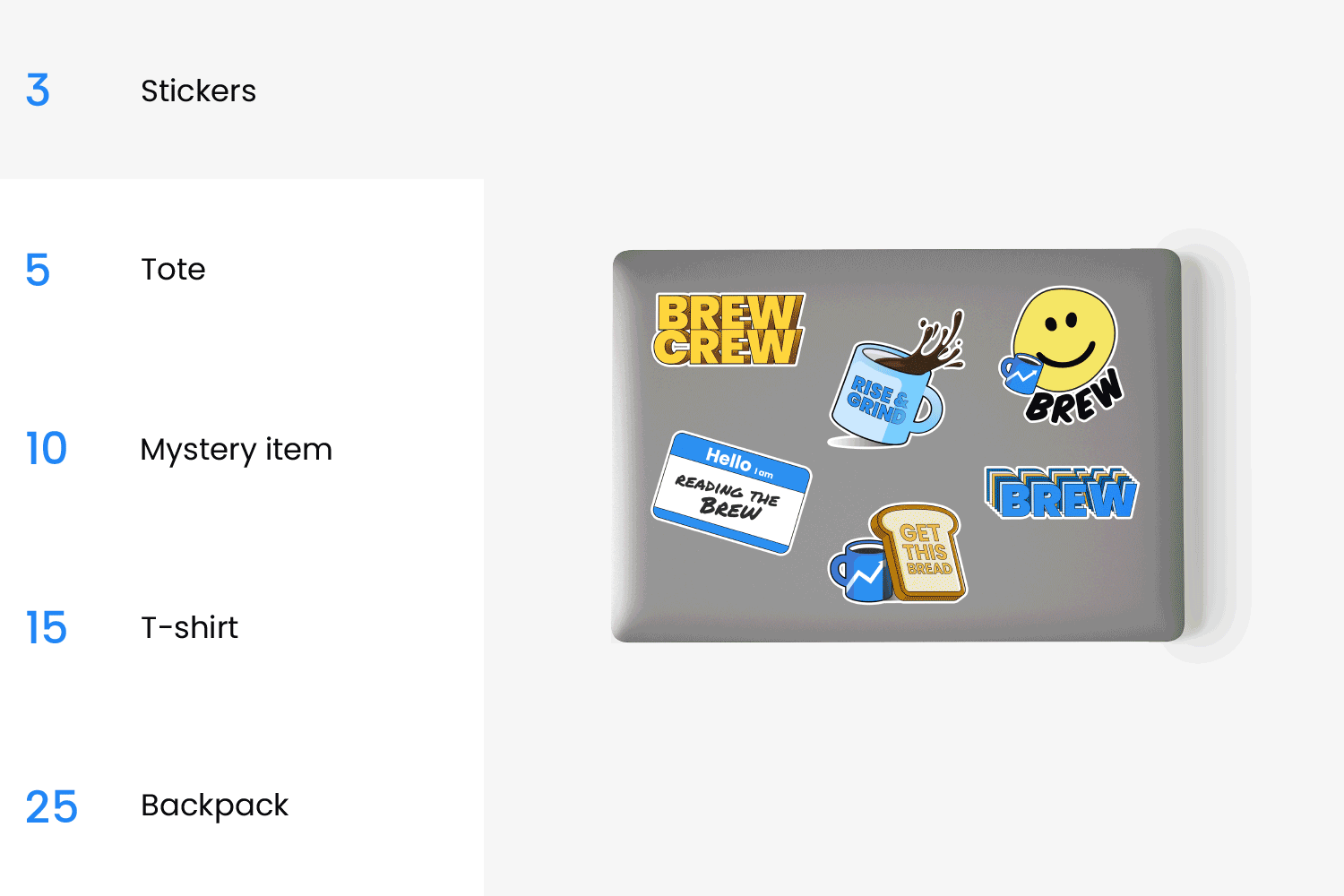|
Michael J. Miraflor is a bit of an advertising connoisseur. From the looks of his X account, he’s constantly checking the vibes, offering takes honed from nearly two decades in agency life, where he led strategy for brands like Puma, Gucci, and H&M at Publicis and led projects for LVMH and Google at MediaLink.
Today, he’s chief brand officer of Hannah Grey, a VC firm where he says he sometimes “slots in as a short-term, interim CMO” for some of the firm’s portfolio companies. Marketing Brew asked Miraflor about how his gig differs from agency life, and how he offers founders ways to troubleshoot marketing challenges.
This interview has been lightly edited for clarity and length.
What does a chief brand officer do within a VC firm? I don’t think of marketing when I think of venture capital.
It is a very unique title for VC, but I think it speaks to our unique value prop as a fund.
I’m equally obsessed with brands and creativity as I am with technology and innovation…not only [is Hannah Grey] capable of identifying founders with a lot of potential, but we can actually help them, both strategically and tactically, with their go-to-market…It boils down to helping portfolio companies and their founders with everything that they need to go from zero to one with all things marketing. …It doesn’t matter what category, every brand needs a website, they need to do some very fundamental things like SEO, SEM…In some ways, for some of our portfolio companies, I sort of slot in as a short-term, interim CMO, just to get the house in order.
How is VC life different from agency life?
The big fundamental thing that I sometimes still need to pause and wrap my head around is that when you’re on the agency side, there are a lot of deadlines that happen in rapid succession, fairly quickly…In VC, especially in the early stage we invest in—pre-seed and seed—we know that a breakout hit won’t happen for five to 10 years. It’s going to take that amount of time for even the most talented of founders to grow their company to a point where they can either be acquired or go public, which are the ultimate best-case scenarios, and that just takes time.
Continue reading here.—RB
|










